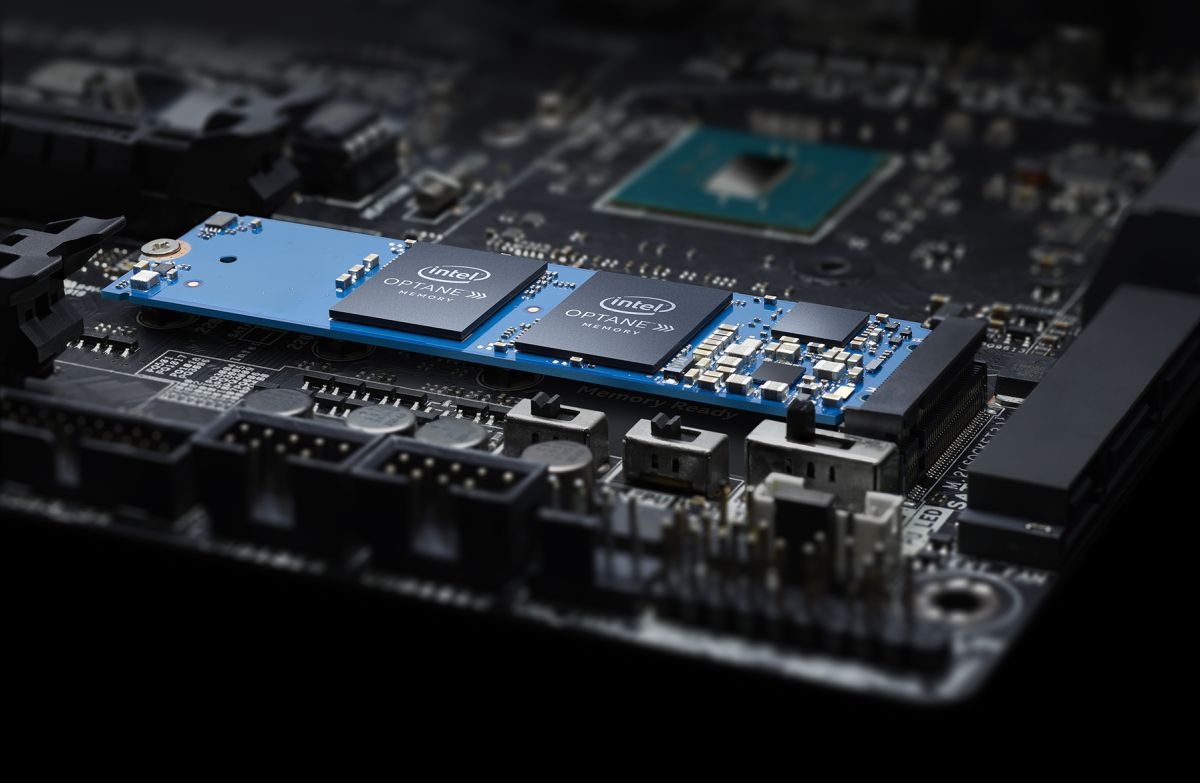
A Japanese reminiscence startup that has been lurking within the shadows for greater than a decade has simply emerged with a bang. Neo Semiconductor introduced that it desires to provide DRAM chips which can be 8x denser than the present crop – 16Gbit DRAM – utilizing a know-how referred to as 3D X-DRAM.
Because the title hints to, there will probably be layers of fabric, 230 in whole for now, serving to it produce a 128Gbit DRAM chip. As compared, Samsung is aiming to launch a 32Gbit DDR5 DRAM chip in 2023 with 1TB reminiscence modules on the horizon.
In accordance with knowledge revealed by the co-founder and CEO of the corporate, Andy Hsu, the primary prototypes are anticipated to land subsequent 12 months ought to conversations to license the know-how to DRAM producers (Micron, Samsung Semi, SK Hynix, Kingston Know-how) come to fruition.
Equally to 3D NAND, 3D X-DRAM ought to allow reminiscence densities to extend exponentially reaching as much as 1Tb earlier than 2024. As compared, it took the DRAM business greater than a decade to maneuver from 4Gb to 16Gb reminiscence chips, a tiny enchancment as compared.
Cheaper and denser
Reminiscence modules are comparatively low-cost on the decrease finish of the spectrum and turn out to be atrociously costly on the very prime finish. A single 256GB DDR4 server RAM module, the utmost reminiscence measurement in the marketplace, retails for round $2,500 (or $10 per GB). As compared, you will get 32GB RAM for lower than $60 (or lower than $2 per GB).
Neo’s know-how answer might carry down the price of reminiscence as dramatically as 3D NAND did for stable state storage; think about 256GB of RAM at $60. What makes it much more engaging is that it makes use of current manufacturing methods to attain the layering, just like 3D NAND.
This comes at a time the place server producers are discovering it very tough so as to add extra reminiscence slots to their server motherboards, forcing them to undertake unique options like CXL enlargement playing cards. 3D X-DRAM would additionally assist resolve this by boosting reminiscence density.
In style functions like machine studying or AI (suppose ChatGPT) that use LLM (Massive language fashions) require entry to very giant swimming pools of reminiscence and this comes at a big value, each financially and by way of energy/latency.
The RAM drive
Whereas I don’t anticipate it to achieve finish customers anytime quickly, it has the potential to vary the memory-storage pyramid as Intel 3D XPoint (AKA Optane) didn’t impose itself as a candidate tier between system reminiscence and SSD.
For finish customers, given the truth that system storage has reached a plateau (most laptops include 256GB onboard storage nowadays), one can anticipate to see units that run on RAM solely in a distant future. A paradigm shift that would change the general computing panorama and the best way fashionable working methods function.
With out the necessity for “sluggish” SSD and entry to a single pool of extremely quick system reminiscence, functions could be sooner and doubtlessly safer. In any case, VPN suppliers like NordVPN or ExpressVPN have rolled out RAM-only servers that load a brand new system picture after each reboot.
